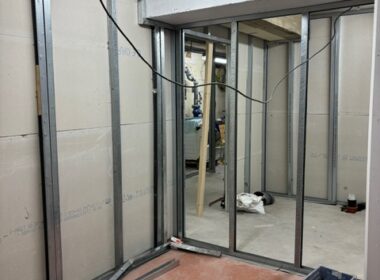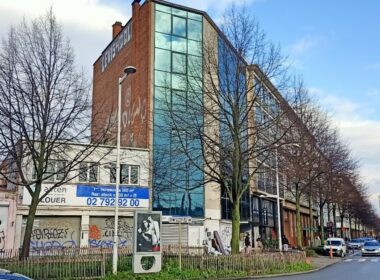In December 2019, Ursula von der Leyen, President of the European Commission, unveiled the foundations of the Green Deal during her address to the European Assembly. In this wide-ranging declaration, she highlighted the crucial role of wood as a building material in Europe’s quest to achieve carbon neutrality by 2050.
A powerful carbon sequestration role
Wood is undeniably a major asset in the fight against climate change. Thanks to photosynthesis, every cubic metre of wood produced has the capacity to convert around 0.9 tonnes of carbon dioxide into a sustainable form of storage. Furthermore, the use of wood encourages the use of low carbon footprint materials in construction. When used judiciously, one cubic metre of wood can offset the emission of 1.1 tonnes of CO2 produced by other materials. However, this wood must come from sustainably managed sources to guarantee a saving of 2 tonnes of CO2 per cubic metre of wood used. The use of certified wood is an essential strategy for sustainable sourcing.
Sustainability at the heart of construction
Homes built with a timber frame or CLT, for example, are generally prefabricated off-site, where entire walls or even complete rooms are custom-designed in specialised facilities. This methodology significantly reduces production lead times in the factory and construction times on site. This increased efficiency reduces not only the time needed to build new homes but also the rental period for existing residences. Centralised manufacturing in production facilities ensures rigorous quality control throughout the construction process. In addition, a reduction in on-site construction times causes:
- less noise pollution,
- reduced traffic,
- reduced waste production.
Wood’s excellent insulating properties make it easier to create net-zero energy buildings by enabling the use of thinner walls, thus optimising living space within the same construction volume. Incorporating wood into building projects also facilitates compliance with the ambitious “Fit for 55” standards, which aim to reduce greenhouse gas emissions by 55% by 2030 compared with 1990 and achieve energy neutrality for homes by 2050.
Low density, low impact
Wood is characterised by its low density, which means that lighter foundations can be used, reducing the amount of concrete required. Its lightness makes wood an ideal material for creating one or more additional levels of construction. The existing foundations are strong enough to support this additional layer of timber construction.
Wood construction, a “compatible circular economy”
To meet environmental targets, building materials must be reusable or renewable. Timber construction also plays a key role in this respect. The joints used in timber construction are often free of permanent stress, making them completely reversible. This reversibility allows entire parts to be reused in future projects. Components that cannot be reused find a second life in other applications, or are recycled or used as an energy source at the end of their life cycle.
From words to deeds
The Commission has therefore made no mistake in designating wood as a prime ally in the fight against climate change and the transition to a circular economy.
Fedustria insists on making this vision a reality in Europe, starting with Belgium. It does this through its actions, notably information and promotion, such as “Wood, a natural choice” and “Oxygen wood“, and through its memorandum for the forthcoming elections, in which it believes that the authorities must do everything necessary to ensure that we use 20% more wood in construction than we do at present.
Authors: Piet Vanthournout & Guy De Muelenaere – Fedustria
Credits: © Constructions Dewaele
Read also: Designing future renovations; Collaborate with Hautes Écoles researchers from the SynHERA network to bring your innovation projects to life; How does climate change influence architecture?; The ban of fluorescent lamps: bring lighting to the next level; Interior insulation: a free tool to help make the right choices





